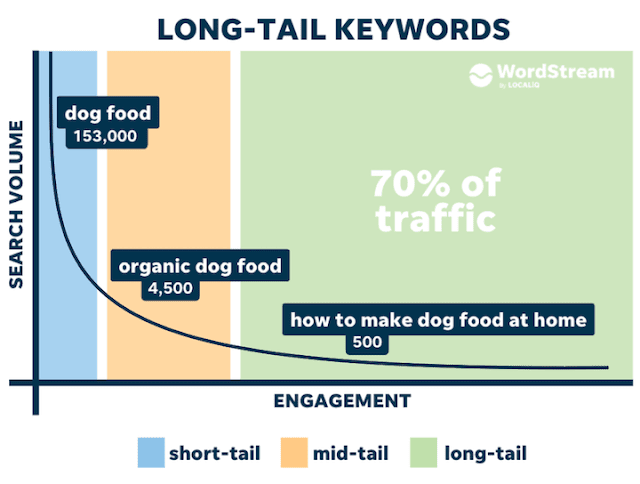The Significance of Long-Tail Keywords in Local Searches
Long-tail keywords play a crucial role in local search engine optimization (SEO) by enabling businesses to target specific and highly relevant search queries. These longer, more specific keyword phrases offer significant advantages in local searches, allowing businesses to connect with their local audience more effectively. In this blog post, we will explore the significance of long-tail keywords in local searches and how they can help businesses maximize their local SEO success.Targeted Local Audience
Long-tail keywords help businesses attract a highly targeted local audience. While generic keywords may generate a high search volume, they often have greater competition. Long-tail keywords, on the other hand, have lower search volume but higher intent, as they precisely match the specific needs and preferences of local customers. By using long-tail keywords that incorporate location modifiers, businesses can attract customers who are actively searching for local solutions.Reduced Competition
Long-tail keywords typically have less competition compared to broader, generic keywords. Local businesses often face fierce competition for highly competitive keywords. However, by focusing on long-tail keywords specific to their niche and location, businesses can target a narrower market segment and bypass the intense competition associated with broader keywords. This provides a greater opportunity for businesses to rank higher in local search results.Enhanced Relevance and User Intent
Long-tail keywords provide a higher level of relevance and align with specific user intent. When users search with long-tail queries, they typically have a clear idea of what they are looking for, including specific products, services, or local businesses. By incorporating long-tail keywords that reflect these specific search queries, businesses can provide highly relevant content and solutions that directly address the needs of their local audience.Higher Conversion Rates
Long-tail keywords often have higher conversion rates compared to generic keywords. When users search with more specific queries, they are often closer to making a purchasing decision. By targeting long-tail keywords that indicate strong purchase intent, businesses can attract customers who are more likely to convert into leads or customers. This helps businesses maximize their return on investment (ROI) and increase their conversion rates from local search traffic.Long-Term SEO Success
Optimizing for long-tail keywords in local searches can contribute to long-term SEO success. As businesses target specific and less competitive keyword phrases, they gradually build a strong online presence for these keywords. Over time, this accumulates into a robust local SEO strategy that positions the business as a top contender for relevant long-tail searches. The cumulative impact of optimizing for multiple long-tail keywords leads to sustained organic traffic and improved visibility in local search results.Voice Search and Natural Language
With the rise of voice search, long-tail keywords have become even more significant. Voice searches often mimic natural language patterns, with users asking specific questions or making detailed queries. By incorporating long-tail keywords that match these conversational search queries, businesses can cater to the growing trend of voice-based searches and capture the attention of users seeking local information through voice assistants and smart devices.In local searches, long-tail keywords hold immense significance for businesses aiming to maximize their local SEO success. By targeting a highly specific and local audience, reducing competition, aligning with user intent, achieving higher conversion rates, and adapting to voice search trends, businesses can leverage the power of long-tail keywords to attract targeted local customers and drive business growth. Integrating long-tail keywords into your local SEO strategy will help you stand out from the competition, improve your visibility in local search results, and connect with customers who are actively seeking your products or services.


Comments